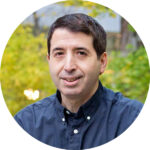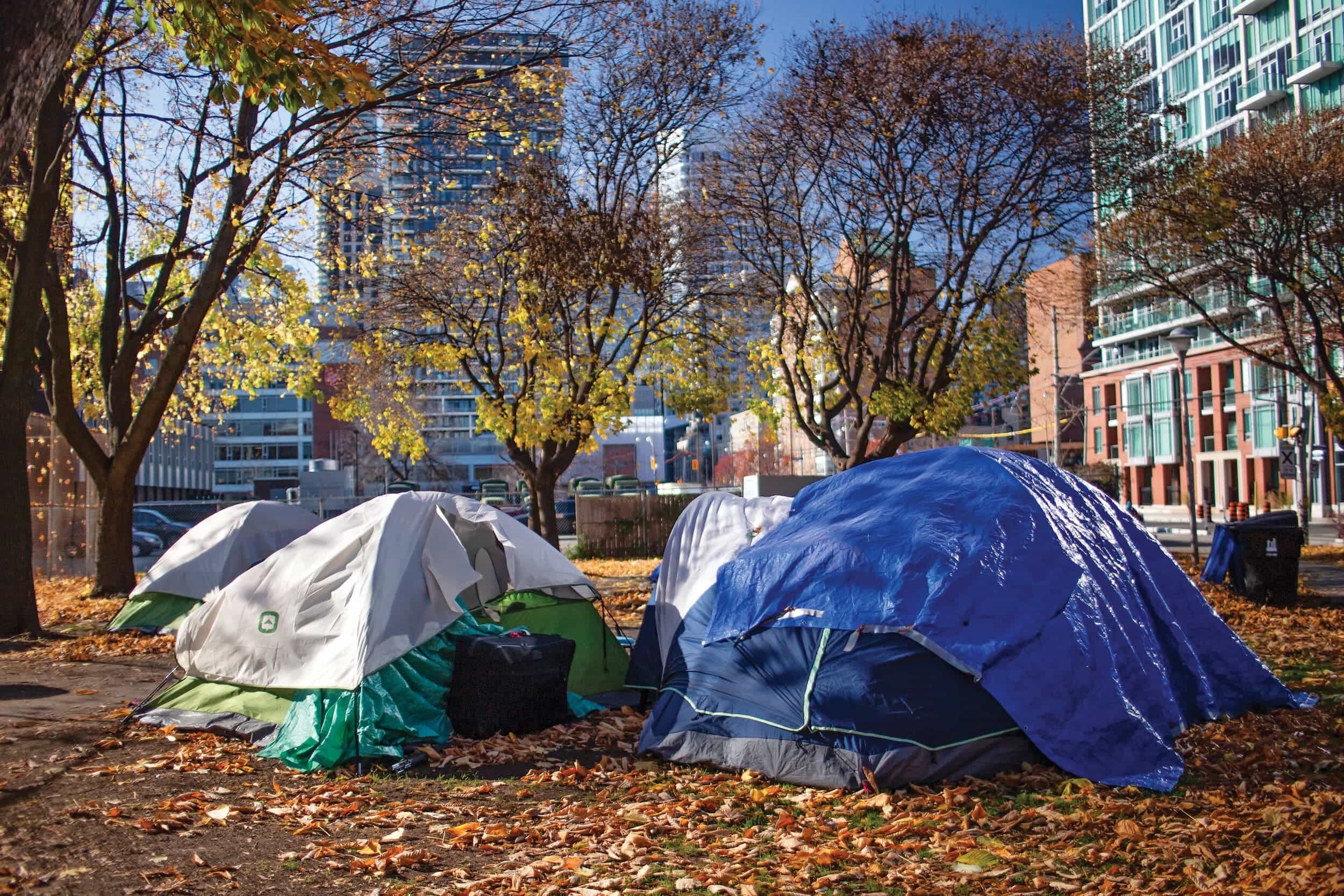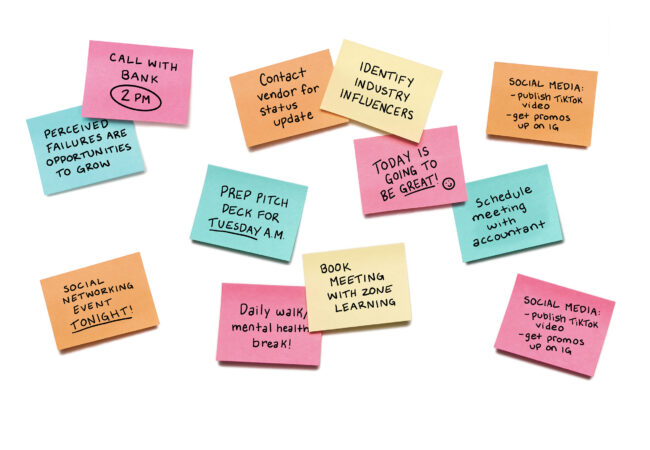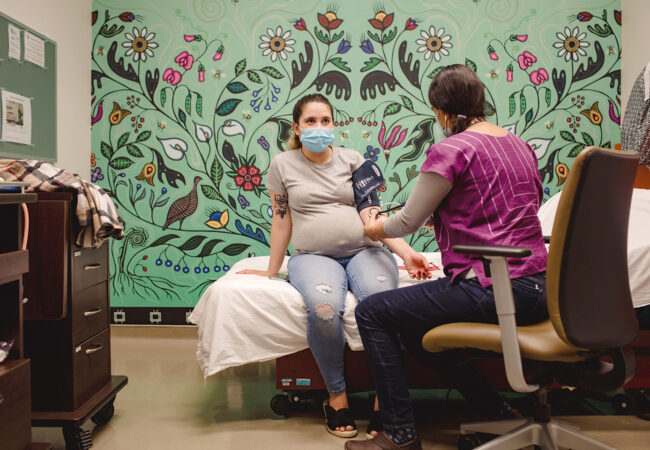On a spring afternoon in 2014, dozens of people gathered to watch as Anthony Morgan was blanketed neck-to-toe in garbage bags with the edges duct-taped to a glass window on a storefront on Queen Street West in downtown Toronto. With the tape ensuring an airtight seal, a vacuum cleaner was used to suck the air out of the bags, vacuum-sealing him to the window. An assistant pulled away the step-stool that Morgan had been standing on; still, he stayed firmly in place.
“It was easily one of the best days of my life,” says Morgan, who has been enthusiastically bringing science to the public for the past 15 years. He’s currently completing his PhD in TMU’s Department of Chemistry and Biology. “I figured, if you go to a really busy intersection in downtown Toronto at five o’clock on a Friday and do something interesting enough, people will probably stop and look.”
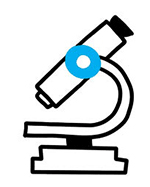 Morgan is now reaching an even larger audience as a part of the long-running CBC TV series The Nature of Things, sharing hosting duties with Sarika Cullis-Suzuki. Cullis-Suzuki, a marine biologist and science communicator, is one of long-time host David Suzuki’s five children. After hosting the show for 44 seasons, Suzuki announced his retirement last year.
Morgan is now reaching an even larger audience as a part of the long-running CBC TV series The Nature of Things, sharing hosting duties with Sarika Cullis-Suzuki. Cullis-Suzuki, a marine biologist and science communicator, is one of long-time host David Suzuki’s five children. After hosting the show for 44 seasons, Suzuki announced his retirement last year.
“In some ways, it was just luck–being in the right place at the right time,” Morgan says of landing the gig at The Nature of Things. On the other hand, he’s been doing science on TV for about a dozen years, working on shows that have aired on the CBC, TVO and the Discovery Channel (where he hosted a regular segment on Daily Planet). Through all of that, one question has kept him going: “How do you engage the public with science in ways that are unexpected and entertaining?”
In 2014, Morgan also founded Science Everywhere, a science-focused media and events company that was incubated in the TMU Science Discovery and Transmedia Zones. “We were doing pop-ups on the street, lots of weird science, designed to catch people’s attention and get them asking questions,” he says.

Hand lettering by Hannah Browne.


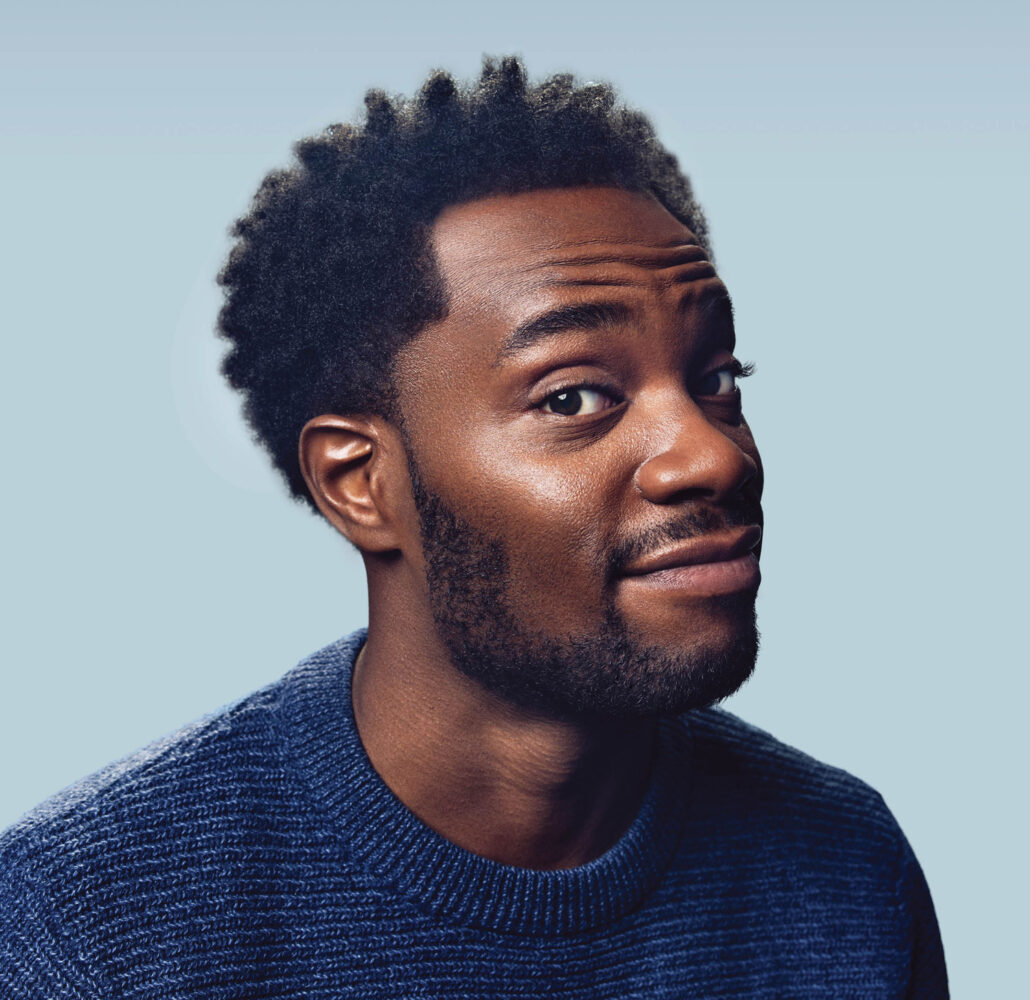
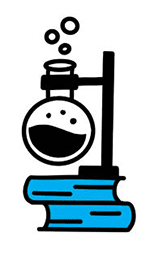 “And the timing couldn't be worse, because some of the challenges we're facing are existential,” says Morgan. “Climate change is the most obvious one. But there’s also developments with biotech and with artificial intelligence (AI) that are concerning.”
“And the timing couldn't be worse, because some of the challenges we're facing are existential,” says Morgan. “Climate change is the most obvious one. But there’s also developments with biotech and with artificial intelligence (AI) that are concerning.”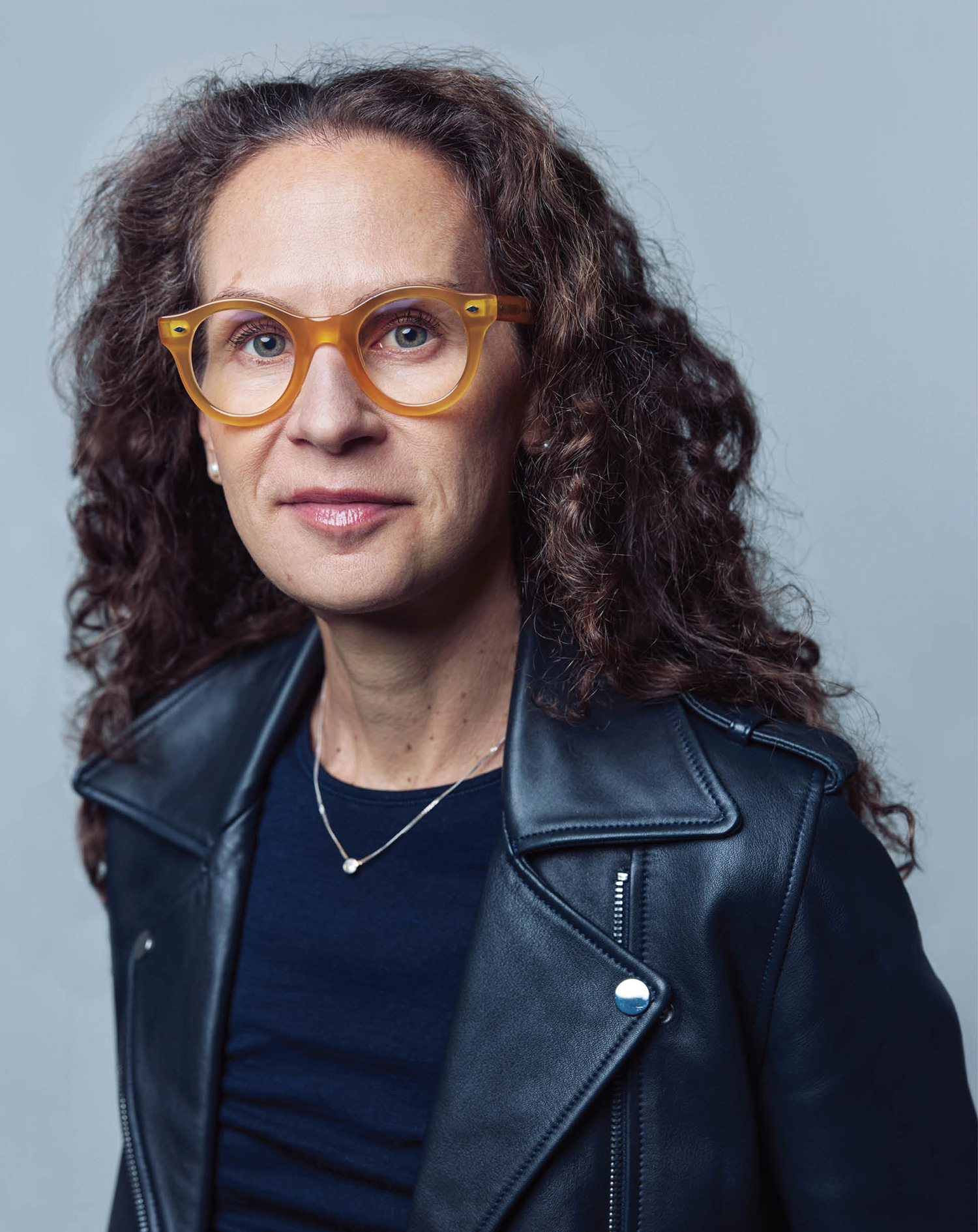
 Our news consumption habits have also been evolving. Today, about
Our news consumption habits have also been evolving. Today, about  To compound matters, those who put fake news on the Internet know exactly what kinds of materials will hold our attention. On YouTube, for example, fake-news videos “tend to be very engaging,” says Gruzd. “They appeal to your emotions, and you spend more time looking at them – and so they get ranked higher in the recommendation algorithms.”
To compound matters, those who put fake news on the Internet know exactly what kinds of materials will hold our attention. On YouTube, for example, fake-news videos “tend to be very engaging,” says Gruzd. “They appeal to your emotions, and you spend more time looking at them – and so they get ranked higher in the recommendation algorithms.”
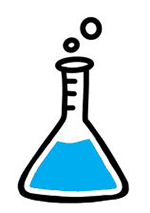 Even so, there are things that can make science, and the media landscape it inhabits, easier to navigate. An easy starting point is to be more careful about what we consume and disseminate on social media. Education and media literacy training can play a role, Silverman says, but that may not be enough. “Recognizing and fighting against false and misleading information is important–but those things are a symptom of this new, different, rapidly changing and easily-manipulated information environment.
Even so, there are things that can make science, and the media landscape it inhabits, easier to navigate. An easy starting point is to be more careful about what we consume and disseminate on social media. Education and media literacy training can play a role, Silverman says, but that may not be enough. “Recognizing and fighting against false and misleading information is important–but those things are a symptom of this new, different, rapidly changing and easily-manipulated information environment.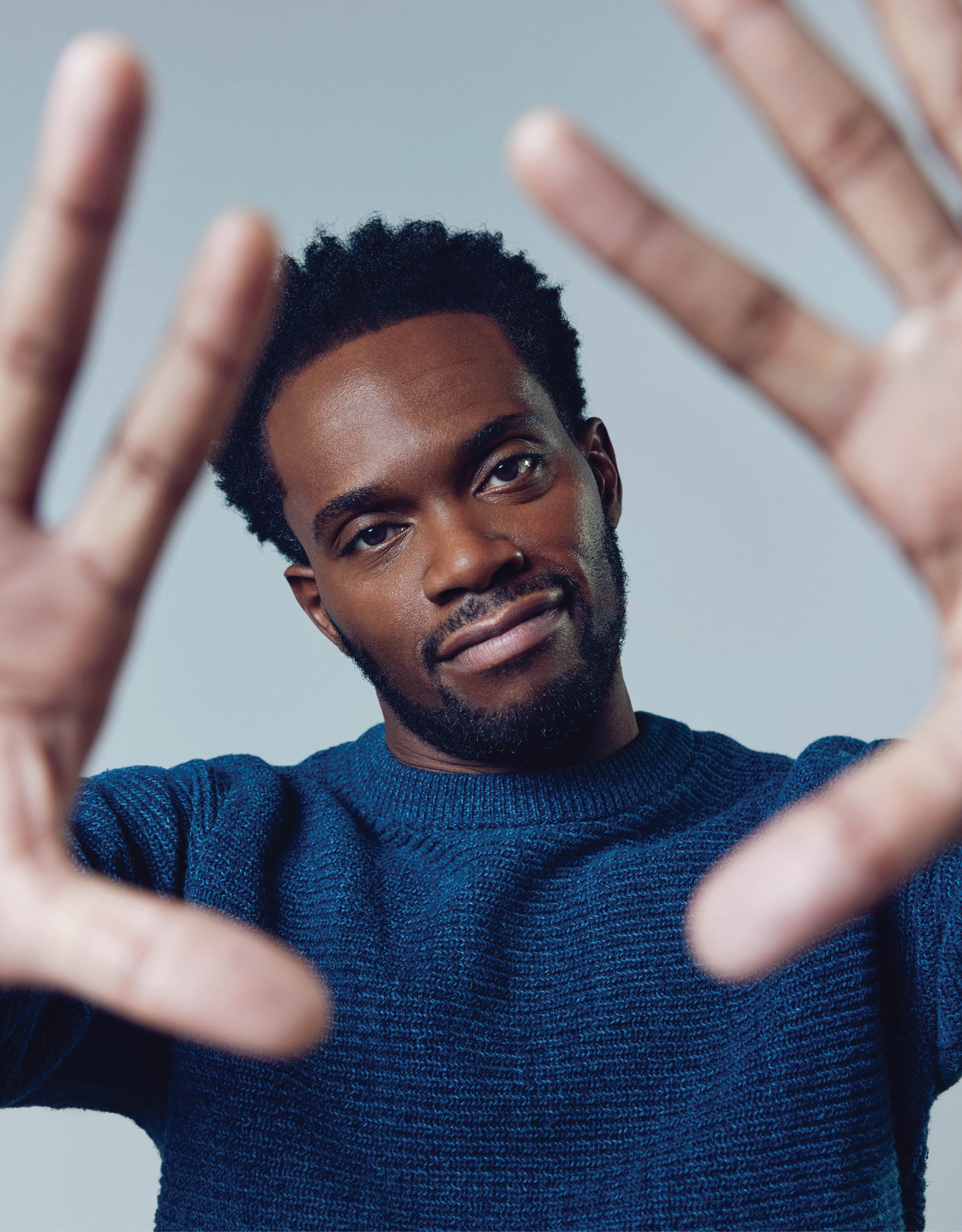
 “I think our primary concern should be how we think, rather than what we think,” he says. “We all have blind spots in our thinking that are, by definition, invisible to us. We don't know that they’re there. And the best way to find your blind spots is to talk to people who see things differently than you.”
“I think our primary concern should be how we think, rather than what we think,” he says. “We all have blind spots in our thinking that are, by definition, invisible to us. We don't know that they’re there. And the best way to find your blind spots is to talk to people who see things differently than you.”